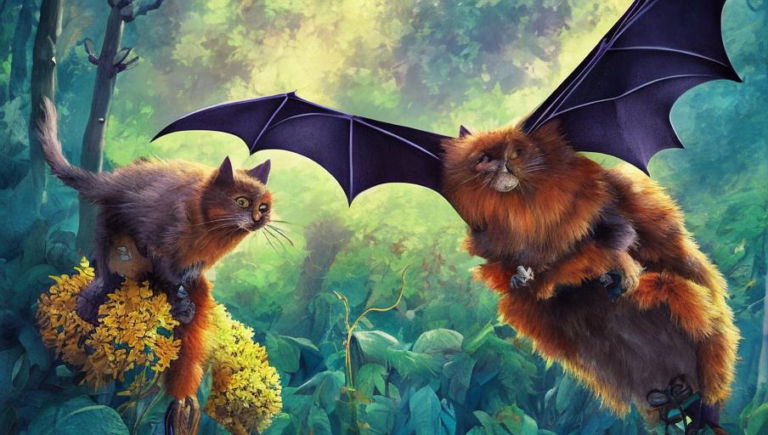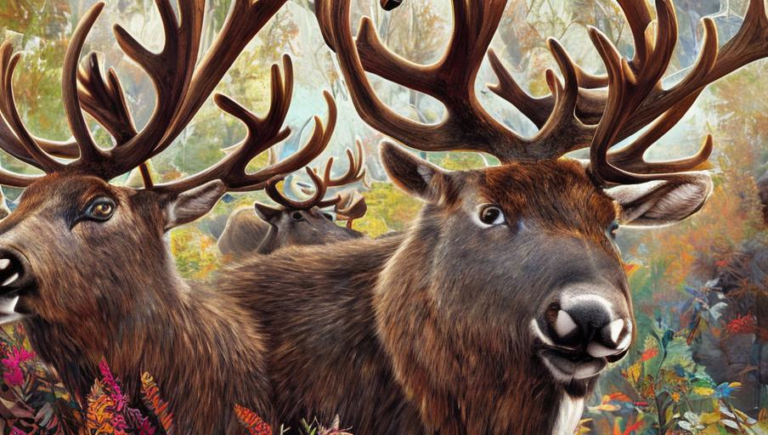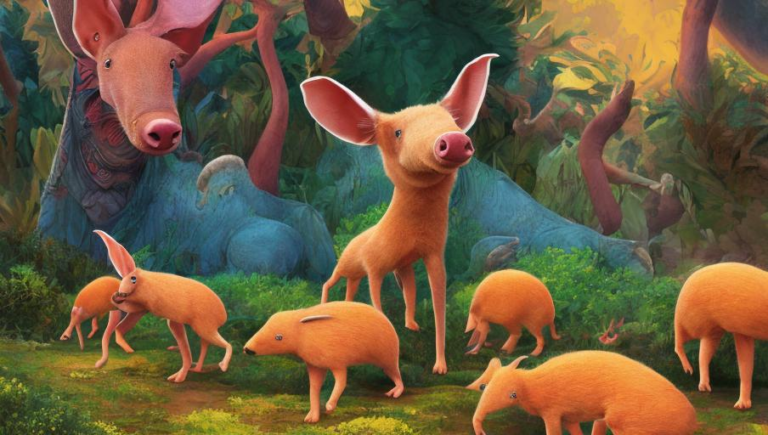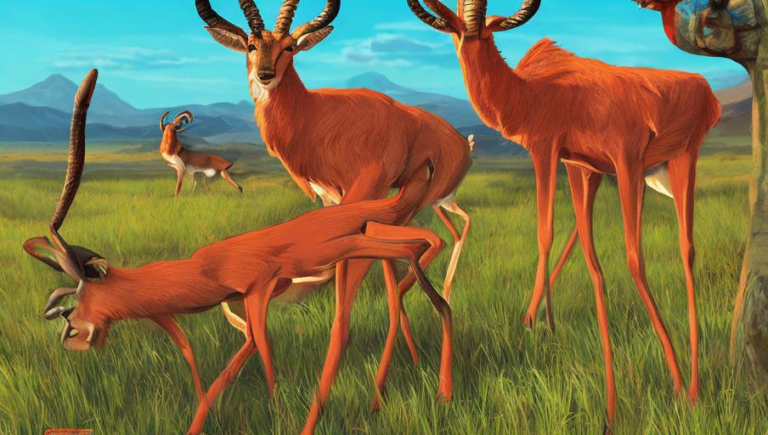Gaping Jaws: Alligator Behavior Explained
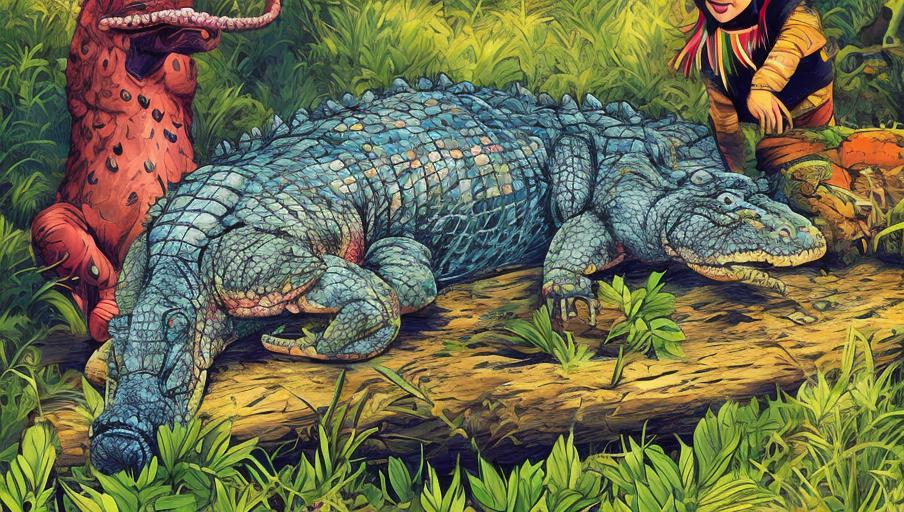
Introduction
The alligator is one of the world’s most recognizable reptiles, with its distinctive greenish-brown skin and powerful jaw. This iconic creature is found in many parts of the world, from the southeastern United States to China and even certain parts of Africa. With its unique behavior and impressive size, the alligator has been an object of fascination for humans for centuries.
Physical Characteristics
The alligator is an apex predator, meaning it is at the top of the food chain and is not hunted by any other animals. It can grow up to 11 feet in length and weigh nearly 500 pounds. The alligator also has powerful jaws, which it uses to hunt, defend itself and intimidate predators. The alligator’s skin is tough and covered in scales, which helps protect it from predators.
Habitat and Diet
Alligators are typically found in wetlands and swamps, but they are also found in rivers, lakes, and estuaries. Alligators are carnivores, meaning they feed on other animals. Their diet consists mostly of fish, amphibians, reptiles, birds, and small mammals. Alligators can also be scavengers and will eat carrion when the opportunity arises.
Behavior
Alligators can be quite aggressive if provoked, and will use their powerful jaws to defend themselves. They are solitary animals and will only interact with other alligators during mating season. Alligators are also known for their “death roll”, where they roll their prey in the water until it drowns. This tactic is used to subdue and eat their prey.
Conservation
Alligators are currently listed as “Least Concern” by the International Union for Conservation of Nature, which means their population is stable. Despite this, alligators are still threatened by habitat loss, hunting and poaching, pollution, and climate change. Conservation efforts are in place to help protect alligators and their habitats, such as habitat restoration and protection.
Conclusion
The alligator is a fascinating creature that has been admired by humans for centuries. With its powerful jaws and impressive size, the alligator is an apex predator and plays a vital role in its environment. Despite its status as “Least Concern”, alligators are still threatened by a variety of human-related threats, and conservation efforts are necessary to ensure their protection.
